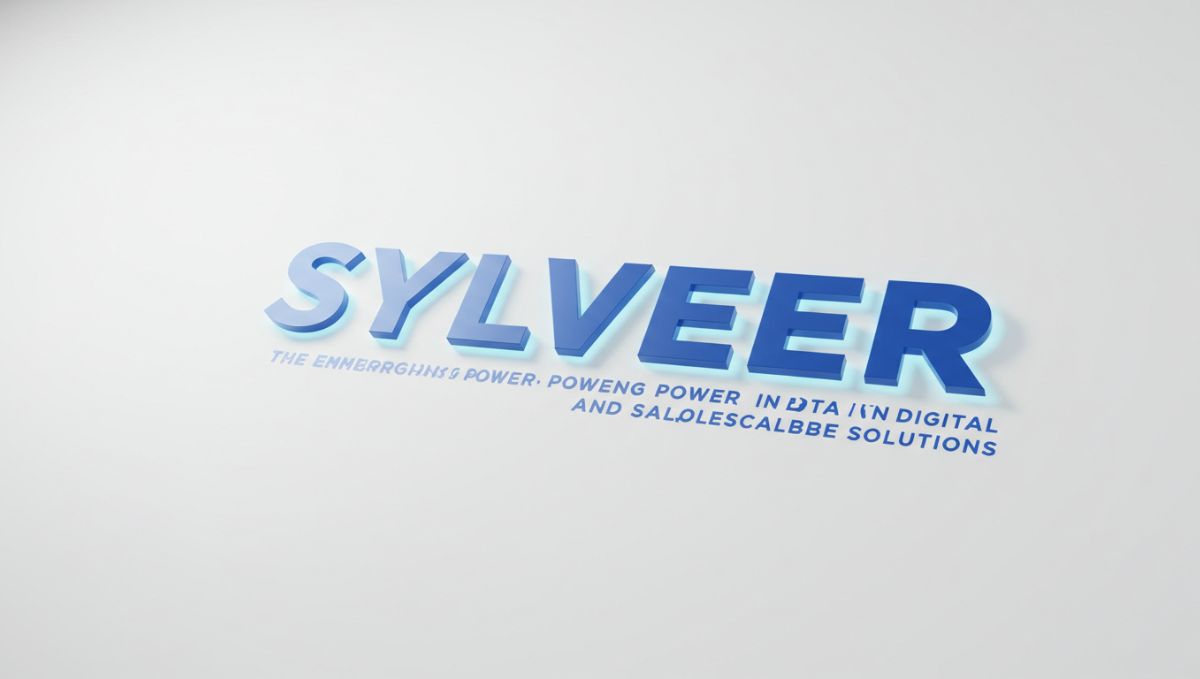In the constantly evolving world of technology, new platforms and solutions often appear and fade quickly. But Sylveer is different. Positioned as a transformative digital framework, Sylveer is gaining serious attention across tech, design, and enterprise sectors. Whether you’re a developer, business strategist, or tech enthusiast, understanding Sylveer could give you a crucial edge.
This guide explores what Sylveer is, how it works, and why it’s becoming an influential player in the digital ecosystem.
What Is Sylveer?
Sylveer is a next-generation digital framework designed to enable rapid development, real-time data integration, and seamless user experience across platforms. At its core, Sylveer acts as a unified layer that connects frontend design systems, backend logic, and cloud infrastructure — all while maintaining high performance and adaptability.
In simpler terms, Sylveer is like a modular digital engine that powers everything from web apps to smart devices, without the limitations of traditional frameworks.
Origins of Sylveer
Sylveer was conceptualized by a group of developers and data architects who saw the need for a more adaptive and intuitive framework. Frustrated by the disconnect between front-end creativity and backend performance, they designed Sylveer to bridge these gaps.
Initially released as a beta tool for internal use in early 2024, Sylveer has since grown into a fully supported platform with open-source roots, now backed by a growing community and enterprise adopters.
Key Features of Sylveer
Sylveer is more than just a development tool — it’s an ecosystem. Here are its most defining features:
1. Unified Design and Logic Engine
Sylveer enables seamless integration between UI/UX components and backend workflows. Designers and developers can work in tandem without workflow bottlenecks.
2. Real-Time Data Sync
With built-in real-time communication protocols, Sylveer allows instant data updates, ideal for live dashboards, chat applications, and AI feedback loops.
3. AI-Optimized Modules
Sylveer includes AI-enhanced modules for smart automation, predictive modeling, and natural language processing, making it ideal for machine learning projects.
4. Cloud-Native Architecture
Sylveer is designed to run efficiently on cloud infrastructure, supporting multi-region deployment, containerization, and serverless computing.
5. Developer-Centric APIs
The platform provides a rich API ecosystem, enabling developers to easily extend functionality or integrate with third-party services.
How Sylveer Works
Sylveer operates through a three-layered architecture:
-
Interface Layer – Powers UI components using a lightweight reactive framework similar to React or Vue but with enhanced real-time capabilities.
-
Logic Layer – Manages state, business logic, and workflow rules. It supports both code-driven and visual logic building.
-
Infrastructure Layer – Handles storage, cloud functions, and system orchestration with native Kubernetes and Docker support.
Each layer works independently but can communicate through event-driven messaging, creating a decoupled but highly integrated development experience.
Sylveer Use Cases Across Industries
Sylveer’s adaptability means it’s being used in a variety of sectors:
Technology & SaaS
Startups and SaaS providers use Syl-veer to launch MVPs faster, improve real-time functionality, and reduce overhead costs.
Education
EdTech platforms are integrating Syl-veer to offer interactive learning environments, gamified lessons, and AI-powered student feedback.
Healthcare
Hospitals and health startups use Syl-veer for building secure patient dashboards, managing telehealth platforms, and enabling EHR integration.
E-Commerce
Retail brands implement Syl-veer to create dynamic, mobile-first storefronts with AI recommendations and real-time inventory updates.
Smart Devices & IoT
In the IoT sector, Syl-veer is ideal for remote monitoring, automated alerts, and scalable sensor integration due to its cloud-native design.
Benefits of Sylveer
Accelerated Development
With ready-to-use modules and smart templates, Syl-veer can reduce development time by up to 40%, allowing faster product iteration.
Cross-Platform Compatibility
Syl-veer supports seamless deployment across web, mobile, and embedded platforms using a single codebase approach.
Built-in AI and Automation
Rather than relying on third-party integrations, Syl-veer includes native support for machine learning pipelines and workflow automation.
Developer and Design Harmony
Thanks to its unified architecture, Syl-veer brings design and code together, enabling collaborative prototyping and live updating.
Challenges and Considerations
Despite its strengths, Syl-veer does face some challenges:
Learning Curve
Syl-veer introduces some new paradigms, especially for developers used to older MVC structures. Training and practice may be required.
Ecosystem Maturity
Being relatively new, Sylveer’s plugin and extension marketplace is still growing. However, community support is on the rise.
Compatibility with Legacy Systems
Some older systems or APIs may require additional wrappers or adapters to function smoothly within Sylveer’s architecture.
Getting Started with Sylveer
Ready to explore Sylveer? Here’s how to begin:
-
Visit the Sylveer official site and download the starter toolkit.
-
Read the Quick Start Guide to spin up your first project.
-
Join the community forum or Discord channel to connect with other developers.
-
Explore templates and modules to speed up your build.
-
Contribute to the open-source ecosystem or submit feedback.
The Future of Sylveer
Syl-veer is poised for a strong future, thanks to its modern architecture and forward-thinking features. Here’s what’s next on the horizon:
-
Expansion of AI capabilities including computer vision and advanced NLP tools.
-
Marketplace for modules and templates built by the Syl-veer community.
-
Enterprise integrations with Salesforce, SAP, and other legacy platforms.
-
No-code/low-code interface for citizen developers and non-programmers.
As businesses demand more from their digital platforms, Sylveer’s scalable, intelligent, and flexible nature makes it an ideal solution.
Final Thoughts
Sylveer is more than just a tech tool — it represents a new philosophy in application design and development. It breaks away from the old constraints of separated design/code environments and embraces a modular, real-time, and AI-driven future.
Whether you’re looking to build a smarter product, streamline your backend, or empower your dev team, Syl-veer offers the tools and vision to make it happen. Now’s the time to explore what Syl-veer can do for your projects and organization.

